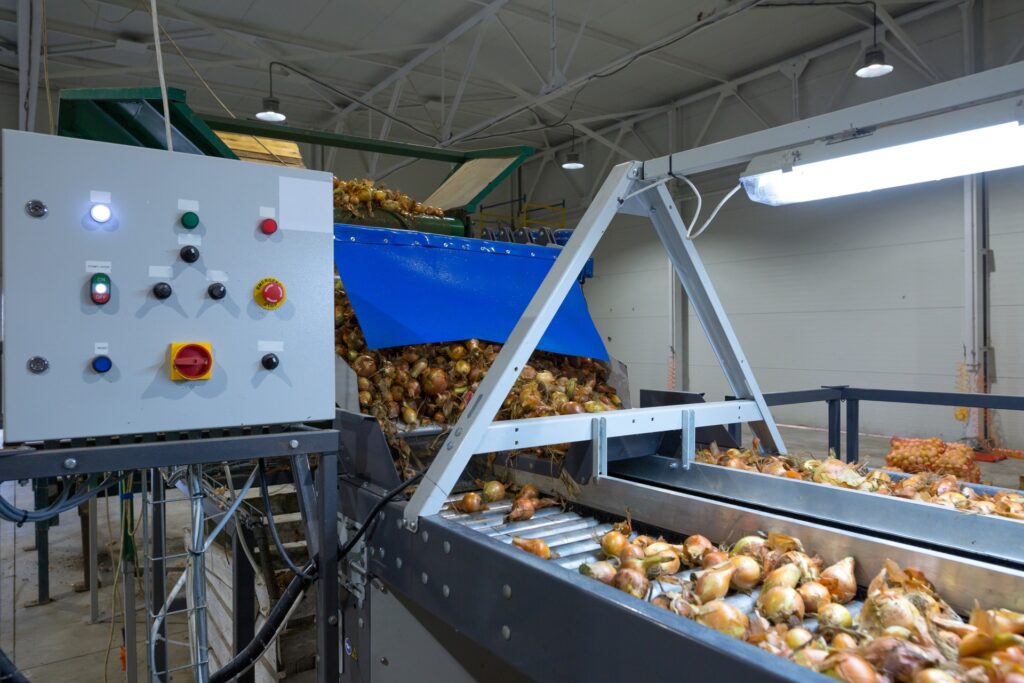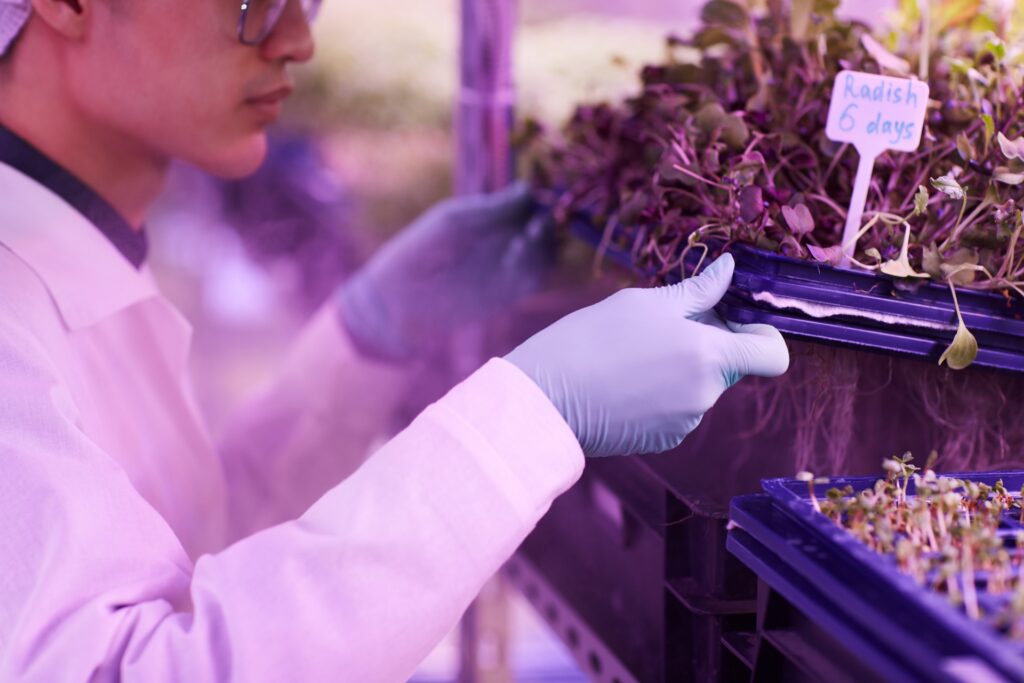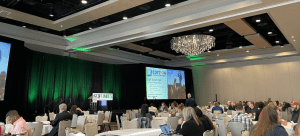Certification audits against SQF Edition 9 officially started on May 24, 2021. Over 100 sites thus far have renewed their certification. For 35% of the sites, the audit was unannounced. Read on to know the tips to implement SQF Edition 9 and key updates. Implementation guidance is provided by a Certified SQF Consultant.
Overview of SQF updates
As a reminder, the top SQF code 9 changes that food manufacturers must now be aware of are:
- No desk audit for initial certifications
- Major non-conformances now costing sites 5 audit points
- Food Safety Culture is a new requirement of the SQF code
- A substitute SQF practitioner must be designated and HACCP certified
- Label reconciliation requirements at product packaging prior to release
- Air testing is required for high-risk food areas (RTE foods)
- In-house food testing methods must be compliant with ISO 17025
- Contractual food safety agreements for storage facilities and distribution centres
While the minimum audit duration is now set at 2 days, sites may discuss with CB’s the possibility to reduce the audit duration to one day. If a request is made to change the audit duration, proper justification should be provided to SQFI. Let’s break down the updates and tips to implement SQF Edition 9.
Food Safety Event Notifications
In the last year, the top reasons for recall amongst SQF certified sites were:
- Undeclared allergens on labels
- Microbial contamination of food
- Foreign material inclusion
- Labelling (other than allergen declaration)
The recalls pertained predominantly to the baking and snack sector and the fruit/vegetable and nut products as well as the fruit juices sector. Storage and distribution, food ingredient manufacture, and manufacture of meat and poultry products were also represented in recalled product categories. When reporting a food safety event to SQFI, sites must remember to complete a recall form including providing the root cause for the recall and listing corrective actions.
While the lack of compliance of finished product labels with proper allergen declaration is widely reported (one-third of food recalls are linked to undeclared allergens on food labels), foreign material contamination of food is not as widely discussed. The root cause is linked to the actual physical condition of the facility and equipment. Foreign material could be glass, plastic or metal. When inspecting the site, food manufacturers or warehouses should identify which equipment is in need of maintenance or if equipment processes have an impact on the suitability of the building, which may, in turn, contaminate food (e.g., condensation/flaking paint).
New label reconciliation requirements in SQF 9 will address the importance of systematically verifying that the right and compliant label has been applied to the right product, specifically during product changeovers but also at start-up and when label stock is changed. Sites are encouraged to develop documented processes on how allergen changeover activities are monitored and verified. High-risk activities such as the handling of unique allergens on the same production line within a single production day should be addressed in the food safety plan(s). Training programs in these facilities (e.g., baking and snack) should also focus on allergen control.
 Top Audit Non-Conformances for 2018, 2019 and 2020 (Source: SQFI Update, July 2021)
Top Audit Non-Conformances for 2018, 2019 and 2020 (Source: SQFI Update, July 2021)
The top and recurring audit findings for the last 3 years were associated with the following SQF elements:
- Ventilation requirements
- Food Safety Plan (HACCP and PCHF plans)
- Cleaning and sanitation
- Pest control as well as dust, insect and pest-proofing
Meeting Ventilation Requirements
The ventilation requirements in the SQF code are particularly important in high-risk facilities (e.g., perishable products with or w/o kill steps). Here are our tips to implement SQF Edition 9:
In such environments, the accumulation of condensation is very common and can lead to food contamination with pathogens. The presence of warm and humid air in refrigerated areas leads to ice build-up/clogged drains which encourages food contamination. Sites generally control ventilation issues in cooking areas quite well but fail to do so in refrigerated storage areas. Monitoring temperature differentials in walk-in coolers is therefore important. Storage operations should not trigger a buildup of condensation or ice, particularly in areas where food is stored.
In addition, proper maintenance of pressure systems between low and high-risk areas is key in meeting SQF ventilation requirements. Maintaining positive air pressure in high-risk areas and testing the air for bacterial contaminants must be validated and documented.
Developing a Compliant Food Safety/HACCP Plan
Other great tips to implement SQF Edition 9 include a strong review of your HACCP and food safety plans. The food safety plan and HACCP plan documentation is often cited as a source of non conformity. The reasons are diverse and may include the following:
- Failure to validate critical limits (e.g., food processing parameters, allergen changeover cleaning, foreign material detection, temperature control, sanitation processes in high-risk food areas)
- Incomplete hazard analysis, incomplete process flow diagram, incomplete list of ingredients/processing aids/raw materials
- The incorrect critical limit for the application
- Inaccurate CCP control procedure (inadequate frequency, inadequate control method)
The expert recommendations that we would offer here is to attend an accredited HACCP workshop and learn to perform a hazard analysis, identify CCP/critical limits and develop CCP procedures. Another strategy is to request technical assistance and have a food safety professional review your food safety plan to ensure completeness and accuracy.
Cleaning and Sanitation Requirements (Allergen and Pathogen Control)
Beside a strong HACCP / Food Safety Plan, the best tips to implement SQF Edition 9 revolve around cleaning and sanitation procedures. Verifying the adequacy of cleaning and sanitation is a cornerstone of any food safety management systems. This is done through swabbing but also through observations. This is critical in order to identify potential sources of contamination related to the building or equipment. Pre-operational inspections are particularly important in this regard. If the building is sound (no condensation, no pest activity, no food residue on equipment surfaces), equipment design and ease of cleaning should be the focus. If building and equipment surfaces are clean, the team should ensure that SSOP training is effective and sanitation programs are well resourced. For more information on cleaning, watch the recorded SQF 9 webinars and review SQFI tip sheets (Tip Sheet 19 – Environmental Monitoring, Tip Sheet 24 – Cleaning)
With regards to allergen control, most audit non-conformances are identified during material storage or food handling/transfer. Training must be provided to employees who receive or store allergenic materials. Instructions on safely transferring allergens from storage areas to production areas as well as the safe staging of allergens for production should be addressed during GMP training. We recommend you review strategies identified in Tip Sheet 17 – Allergen Management.
Pest Control and Pest/Dust/Insect Proofing
Preparing for the initial certification audit requires that businesses meet the SQF code’s building requirements for food safety. This means that the site’s outside perimeter should be controlled to prevent the entry of contaminants into the building. Pest management service providers can assist your team with identifying needed building repairs. In some situations, screens, air curtains and other devices will be necessary to ensure a clean food storage and processing environment.
Reaching out to trusted pest control service providers can ensure that SQF food safety requirements are met. The food safety team should stress that the pest control management program must align with GFSI requirements. This will trigger a response from the provider to select an adequate program and service technician for the job. Service provider performance must be reviewed a minimum of annually. Corrective actions must be implemented when audits identify non-conformances against pest control requirements.
Lastly and in preparation for your next SQF 9 audit, here are a few more tips to implement SQF Edition 9. Remember to define your food safety culture objectives including how you will measure your Key Performance Indicators. Defining clear metrics for food safety culture will provide sites the ability to track performance. Auditors will likely review your written procedures in 2021 and perform a record review in 2022 against this new element.
Sirocco Food + Wine Consulting offers SQF consulting and training services. Our services are available remotely and offered to US and Canadian food manufacturers and storage warehouses. SQF implementation services are provided by a certified SQF consultant. Get the best tips to implement SQF Edition 9 and pass your next SQF audit with flying colors.



 Top Audit Non-Conformances for 2018, 2019 and 2020 (Source: SQFI Update, July 2021)
Top Audit Non-Conformances for 2018, 2019 and 2020 (Source: SQFI Update, July 2021)


